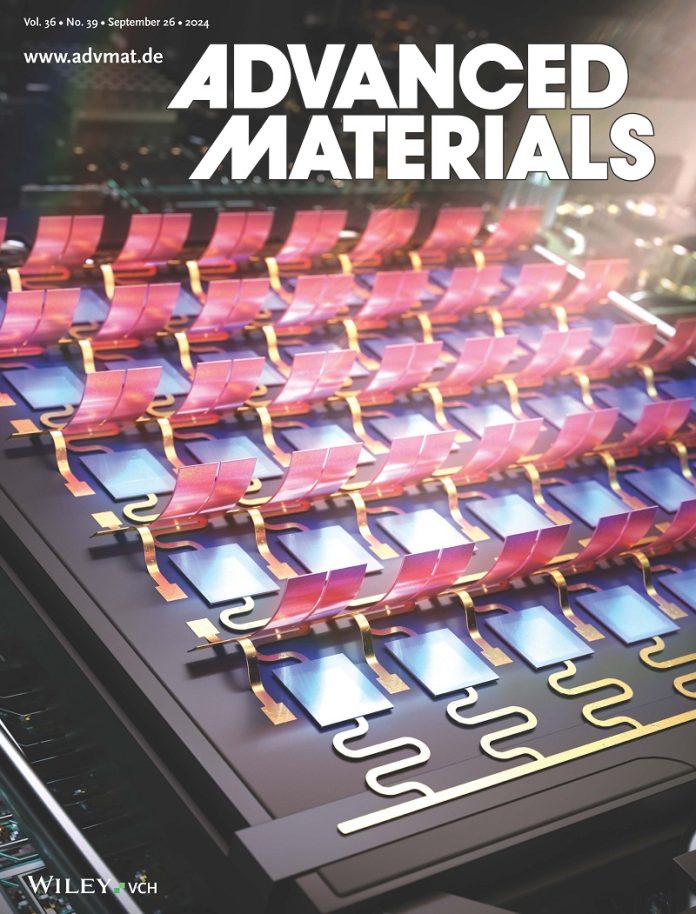
A team of researchers led by Professor Bonghoon Kim from DGIST has developed a “3D smart energy device” that can both heat and cool using an innovative approach.
This device, which was featured as the cover article in Advanced Materials, offers a practical solution to reduce energy consumption and its impact on the environment.
Heating and cooling make up around half of the world’s energy use, which contributes to problems like global warming and air pollution.
To find a more sustainable solution, the research team designed a device that can switch between heating and cooling as needed.
The smart device uses solar absorption and radiative cooling, both eco-friendly methods that utilize natural heat and cold from the environment.
The device’s 3D structure plays a key role in making it versatile.
When the structure is open, the lower layer—made from a combination of silicone elastomer and silver—reflects heat away, creating a cooling effect. When the structure is closed, the surface coated in black paint absorbs heat from the sun, generating warmth.
The team collaborated with experts from KAIST and Korea University to refine this design. They successfully tested the device on different materials like glass, steel, copper, and even skin. By adjusting the angle of the device’s 3D structure, the researchers showed that they could control its heating and cooling functions.
This ability to switch between heating and cooling could help reduce energy consumption in buildings, electronic devices, and industrial applications. The flexible design also means it can be applied to both large and small surfaces.
“Our goal is to make sure this technology is used in real-world settings to help cut down on energy use,” said Professor Kim.
This breakthrough in creating a reversible heating and cooling system in one device is a big step toward more sustainable energy solutions. The 3D smart energy device could help make temperature control more efficient, leading to energy savings and environmental benefits.
Source: KSR.



